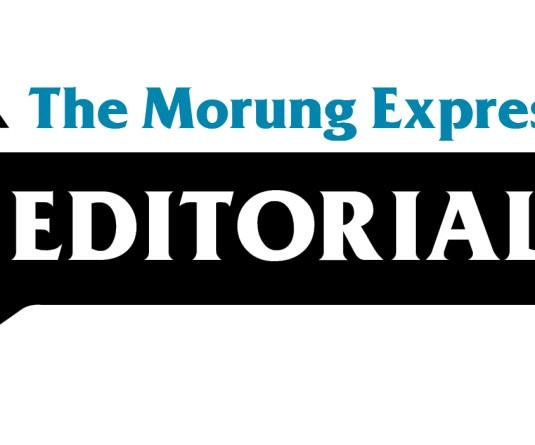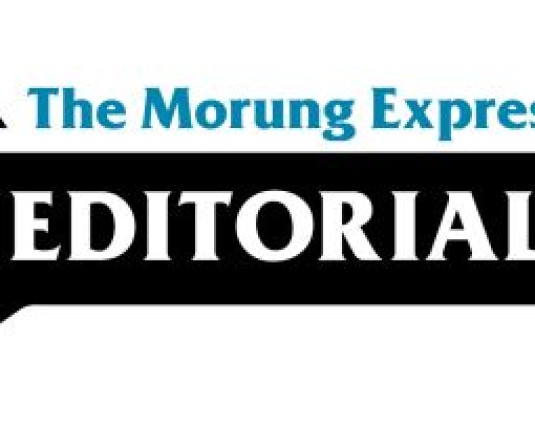
In a recent Times Now-CVoter national projection poll released, the BJP is expected to reach its highest tally ever and the Congress its lowest point. The scenario according to this projection gives the NDA the best chance of forming the government after the Lok Sabha polls, though well short of a majority. The poll projected that "the BJP would win 202 seats if elections were held now and its allies another 25, giving the NDA 227 seats in the 543-member Lok Sabha. The Congress, in sharp contrast, would sink to just 89 and even with 12 seats from its allies the UPA would barely cross the 100 mark", it predicted. Although many people have questioned the credibility of the 'Third Front' idea, and quite rightly so given the disarray of parties and leaders each vying for a national role, one cannot however simply dismiss the presence of smaller parties and what they can do in a post-poll scenario--make or break governments as has happened in the past.
This aspect has come to light in the recent Times Now-CVoter poll projection, which gives the category of 'others' as likely to get around 215 seats. In fact in terms of vote shares, the NDA is estimated to win 36%, the UPA 22% and others 42%. This also goes to show that India is not about only the Congress or the BJP. Many are disenchanted with the so called national parties and this is seen in the rise of regional satraps across India. As seen by the vote share and likely seats to be won by the 'others' category, there is a big space that remains. It could also indicate that national parties like the BJP and Congress could be losing relevance. And among the parties currently not aligned to either the Congress or the BJP parties, the AIADMK is projected to win 27 seats, the Trinamool Congress 24, the BSP 21, SP 20 and YSR Congress 13.
In a country as big as India with all its diversity, there is bound to be many players trying to represent this or that group. There are challenges no doubt in having a multi-party system. The political space is often crowded with several aspirants. This can lead to less stable governments, especially when there is no clear mandate and smaller parties start jockeying for power. All this can have an adverse effect on the quality of governance and policy making, which can often lead to hard bargain and compromise. However, given the pluralitic nature of the Indian nation, one should not be surprised that the 'other' category is expected to do well. But the question really is whether these parties, who could be running their respective governments in the States, can provide a viable alternative at the Centre.
There is nothing wrong in having an alternative to the Congress or the BJP. However the main concern is that till today, this so called alternative or third front has not been able to deliver other than to jockey for power. At most the third front has remained an idea, except when the United Front ran two governments between 1996-1998 with Deve Gowda and IK Gujral as Prime Ministers. So doubts remain as to whether a non-Congress, non-BJP government can be formed by the 'others'. Though it may sound radical, one suggestion could be to bring in a law that disallows any kind of post-poll alliances. This will help prevent horse trading or any kind of unholy alliances that may spring up for the sake of power. At the time of elections, political parties may forge pre-poll alliances with their common minimum programme and people can vote for their choice. Such kind of arrangement may also ensure a clear mandate for whichever alliances or front.
(Feedback can be send to consultingeditormex@gmail.com)





